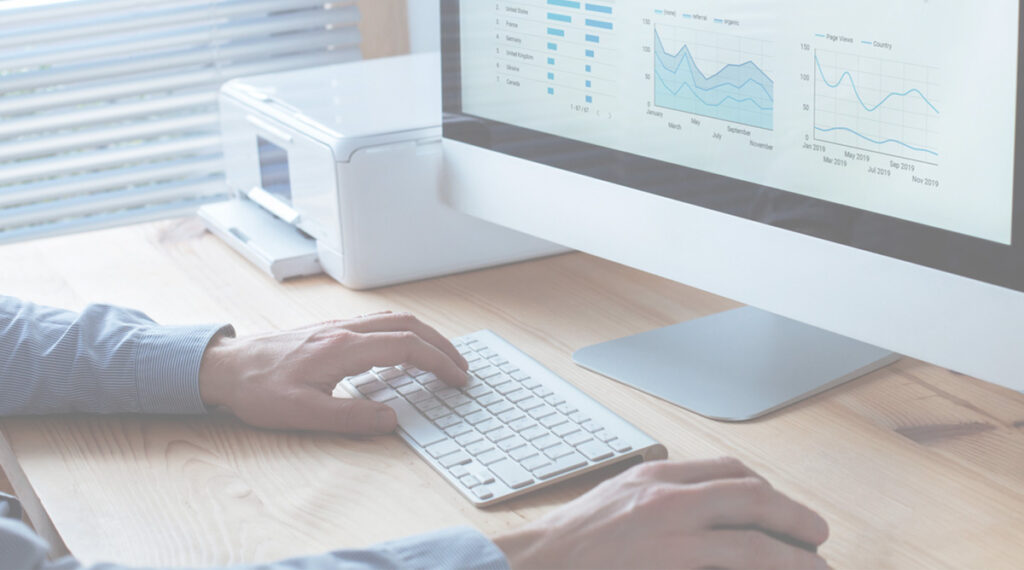Thanks to the automotive industry, the early 1920’s sparked the beginning of the dashboard evolution.
In just a century, car dashboards progressed from a protective barrier and translated into a protective communication system. This same term is now adopted in the more modern world across all industries – retail, healthcare, marketing, HR, investment, etc. Businesses now use dashboards to communicate the most important aspects of their work to the entire company in just a glance – imitating how a car dashboard communicates to the driver.
How do data dashboards come into play in the workplace?
Today, we live in a world of data. There are now full-time jobs dedicated to deciphering data. A modern way to define data is through dashboards. A well-designed dashboard effectively communicates those key numbers, in real time, to the entire company while avoiding the clutter of specifics. A data dashboard converts the data into a visualization making it easier to communicate to the whole company. Having a data dashboard on displays allows employees to see sales trends, downloads, rankings, feedback, goals and more. Your data dashboard can communicate as much or as little as you want.
Real-time data allows employees to spot changes in trends and issues before they become a problem.
What does this have to do with the healthcare industry?
The healthcare industry deals with large amounts of data. A dashboard simplifies data into a comprehensive visualization. For example, with a healthcare dashboard, hospitals can know the average cost of admissions based on the length of stay and could even break that up by department and reason for stay, saving employees time and energy, allowing them to focus on quality patient care.
The same can be seen in the healthcare compliance industry. The OIG requires healthcare organizations to monitor employees and vendors against the OIG exclusion databases on a monthly basis. Failure to do so can result in a multitude of fines and, even worse, potentially ruin an organization’s reputation. This takes time, and, unfortunately, healthcare compliance officer’s and/or human resource departments just don’t have enough of it.
Adopting healthcare compliance data dashboards in the healthcare compliance industry has the potential to save compliance officers and human resource reps. precious time that could be spent on other important tasks. Healthcare compliance dashboards show compliance isn’t as complicated as it seems. Organizations can utilize tools that bring siloed data together to simplify their compliance programs.
Summary:
Dashboards have come a long way, from the horse-drawn carriage to data analyzation. Dashboards work efficiently and effectively at putting a company’s data to work. Knowing the instant story data is trying to tell helps to save organizations time, money and energy.









